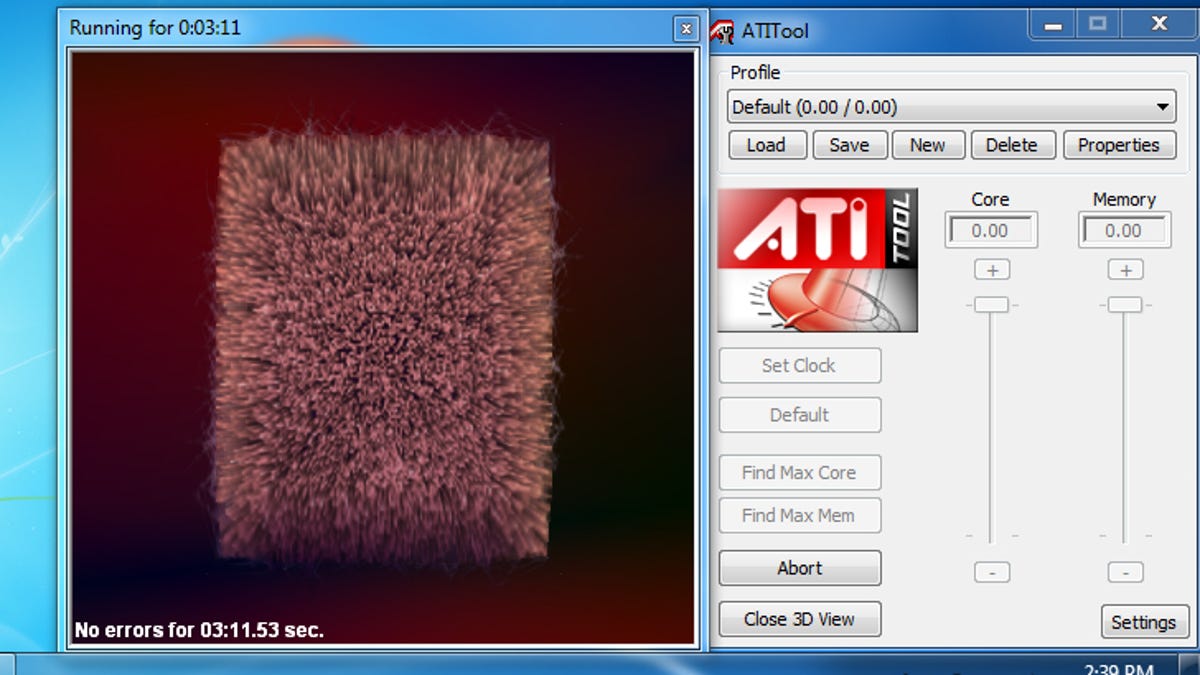
If you use your PC primarily for word processing, spreadsheets and the Internet, most modern computers are fast enough for these types of tasks. However, if you use large databases or run power-hungry 3D- or CAD-modeling programs, your computer may slow down under the load. Overclocking your computer may let you obtain more performance without upgrading and there are essentially two ways to do it: increasing the processor clock multiplier or raising the front side bus. The best method for overclocking your PC -- if possible at all -- usually depends on many other factors. Front-Side Bus All processors have a core bus speed, which most refer to as the front-side bus.

Reddit gives you the best of the internet in one place. And thus overclocking via FSB means faster communication with both. And you will have a program crush.
The FSB is the effective speed at which data transfers between the processor and RAM. The FSB also refers to the base memory speed of system memory. For instance, a processor running at 3.2Ghz may have a core bus speed of 200MHz. To run this processor properly, you must have a motherboard and memory modules that support the 200MHz Front Side Bus.
However my monitor driver is odd. Dell bluetooth driver windows 7. (Graphics Card is ATI Radeon HD 3450). I have the CD but can't still driver because of an 'unexpected error' (I think cause I am on Windows 7 ultimate 32bit) OK Besides that in Device Manager it says: This device is working properly. But it also says this on the driver tab Driver: Provider: is Unknown Date, Version: Is not available Digital Signer: Not digitally signed Has anyone got any suggestions thanks.
Overclocking the FSB increases the core speed for data between the processor and memory. Kicau terapi masteran cendet. CPU Multiplier When producing processors, manufacturers often do not know the actual Gigahertz speed of processors until they test them. However, they do know the FSB of the processors for a given batch in most cases.
Once the processors go through quality-assurance testing, the manufacturer determines and sets a multiplier for the processor. For instance, one processor rated at 3.0GHz may only have a multiplier of 15 (15 multiplied by 200Mhz FSB equals 3.0GHz). Another processor from the same batch, though, may have a rating of 3.2GHz (16 multiplied by 200MHz FSB equals 3.2GHz).
With the example 3.2GHz processor, the manufacturer coded a multiplier of 16 for that particular processor because testing showed it performed more reliably at the higher multiplied clock frequency and faster speed. Consequently, processors produced in the same batch with identical FSB ratings may end up with different speed ratings because of multipliers assigned to them. Increasing the multiplier raises the speed of the processor only and does not increase the FSB data bandwidth speed between the CPU and memory modules. Voltage and Heat Considerations Regardless if you use FSB or the CPU multiplier to overclock the processor in your system, the two methods have one very important factor in common: the need for increased voltage from the motherboard.
Top Pages
- Film Star Ocean Ex Sub Indo
- Malayalam Serial Actress Souparnika Navel Photos
- Crack Para Registrar Bandicam
- Tropar Plaque Templates On Clipart
- Drivers Learners Test Qld
- WWW.MOVIESCOUNTER.COM Twilight Break Down Part 1
- Cisco Packet Tracer Download For Windows 8
- Colorchecker Patch Values
- Novel Bared To You Bahasa Indonesia Pdf
- La Plegaria Mas Hermosa Pdf
- Metal Fight Beyblade Game Download Java